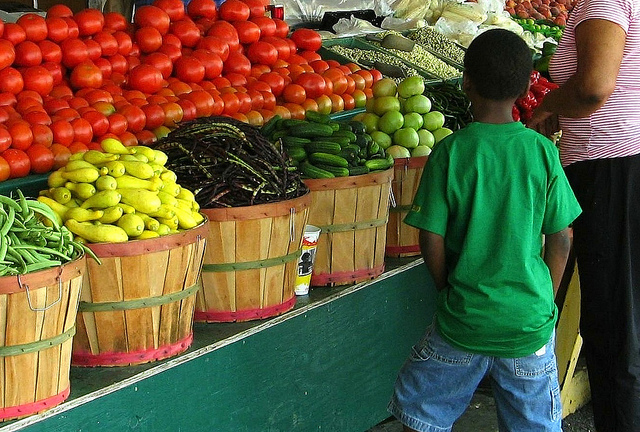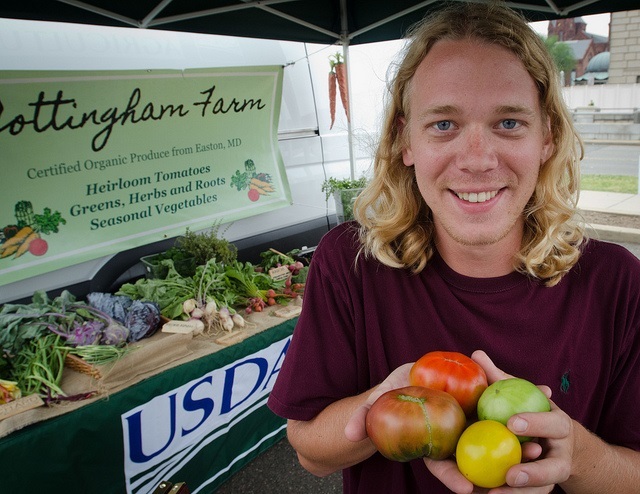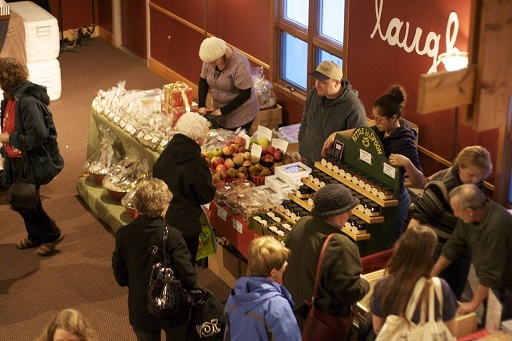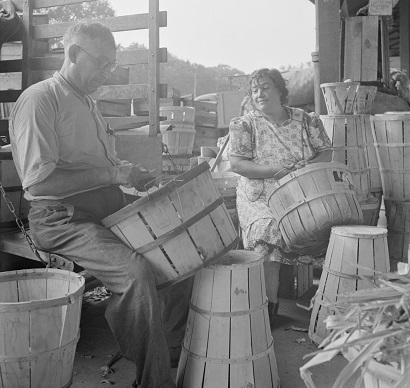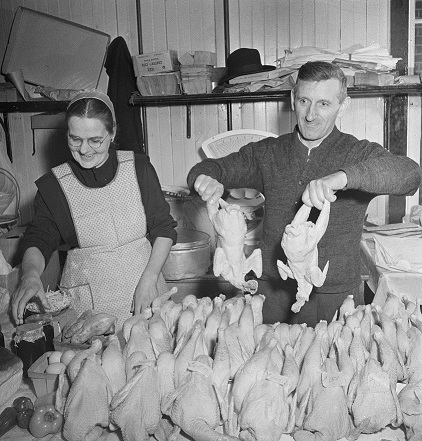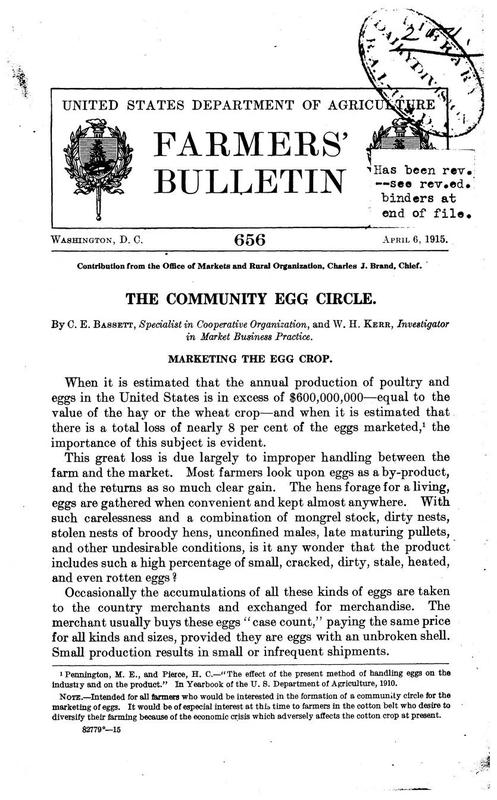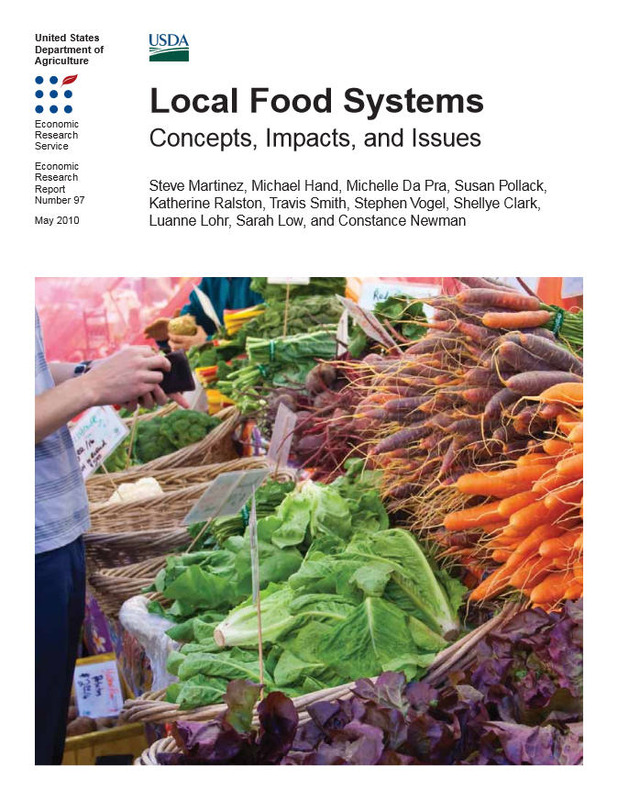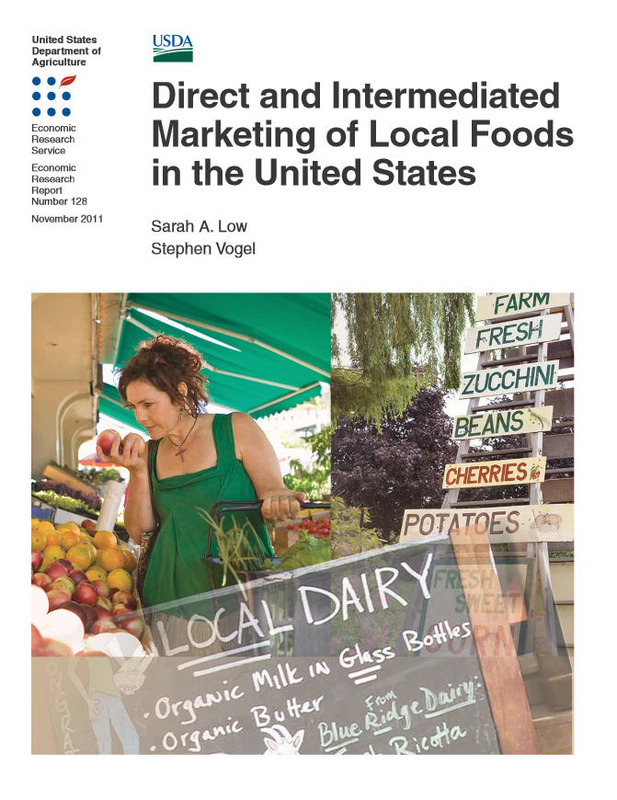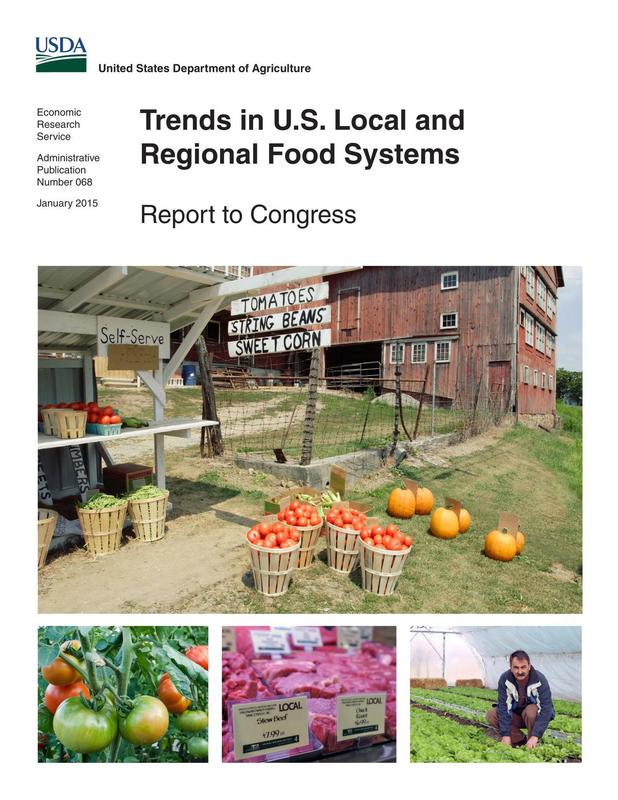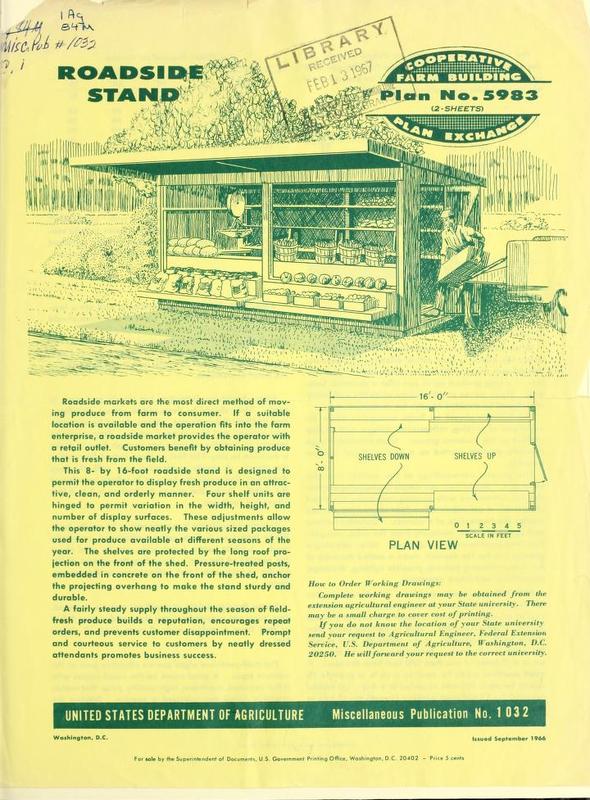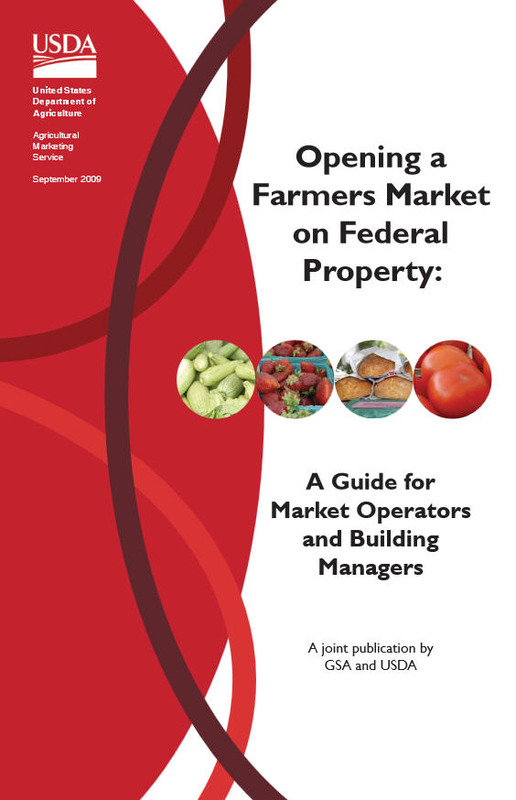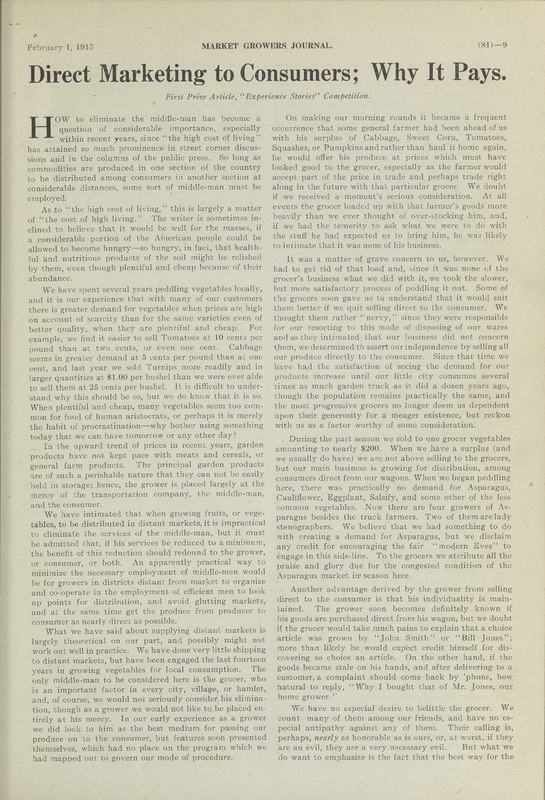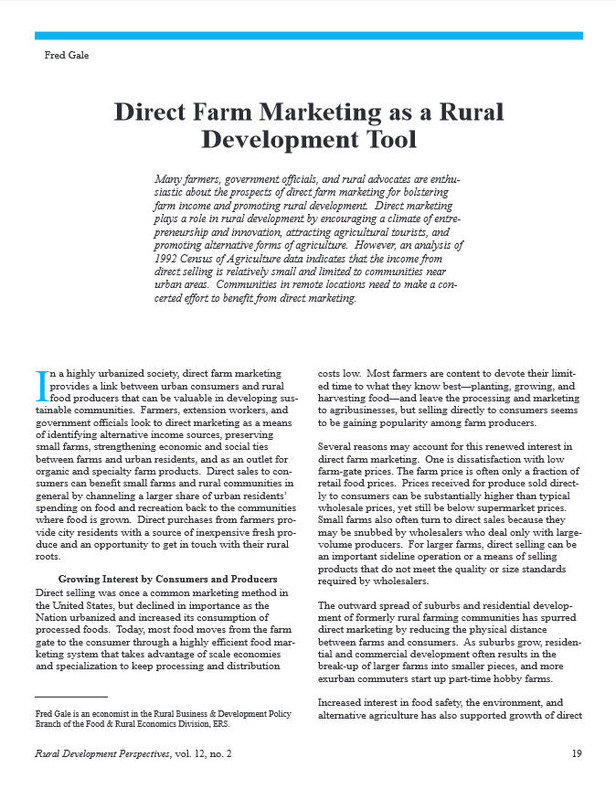Browse Items: 85
San Antonio, TX (2014)
Anthony Micheli and daughter Scarlett stand ready to sell their vegetables at a Texas Farmers Market. The vegetables are grown on Micheli and his wife’s (Brittany Davis) niche market operation financed by a U.S. Department of Agriculture (USDA) Farm Service Agency (FSA) Microloan.
Jackson, MS (2012)
A young boy looks over the fresh fruits and veggies with his mother at a farmers market in Mississippi. By listing their market in the National Farmers Market Directory, market managers open their market up new customers.
Washington, D.C. (2012)
Cottingham Farm's Shane Shewbridge shows off some organic heirloom tomatoes at the U.S. Department of Agriculture (USDA) summer farmers market opening of its 17th season at the USDA Whitten Building east parking lot in Washington, D.C., on Friday, May 31, 2012. This year's theme is Grow, Healthy, Eat Healthy and Be Healthy. USDA and Fuel Up to Play…
Rochester, NY (2011)
A winter market in Rochester, NY. There are more than 1,200 operating winter farmers markets across the nation. You can find a market near you by using the USDA National Farmers Market Directory. (Photo credit SJAustin)
The Community Egg Circle
By uniting several egg producers in an association more can be accomplished in these essentials. One very successful egg company has a large incubator house with 12,000 eggs capacity, where early chicks are produced for the members at a low cost. This is done in order to obtain early maturing pullets, thus securing eggs during the fall, when eggs…
Farmer-To-Consumer Marketing
Direct marketing of agricultural products is not a new phenomenon. It is the original, purest type of food distribution. As soon as the first city became a reality, there existed a market for agricultural produce at a place away from the production location. Personal selling by the grower gave way to a distribution network that evolved through…
Comparing the Structure, Size, and Performance of Local and Mainstream Food Supply Chains
A series of coordinated case studies compares the structure, size, and performance of local food supply chains with those of mainstream supply chains. Interviews and site visits with farms and businesses, supplemented with secondary data, describe how food moves from farms to consumers in 15 food supply chains. Key comparisons between supply chains…
Local Food Systems: Concepts, Impacts, and Issues
This comprehensive overview of local food systems explores alternative definitions of local food, estimates market size and reach, describes the characteristics of local consumers and producers, and examines early indications of the economic and health impacts of local food systems. There is no consensus on a definition of “local” or “local food…
Direct and Intermediated Marketing of Local Foods in the United States
This study uses nationally representative data on marketing of local foods to assess the relative scale of local food marketing channels. This research documents that sales through intermediated marketing channels, such as farmers’ sales to local grocers and restaurants, account for a large portion of all local food sales. Small and medium-sized…
Yearbook of Agriculture, 1925
This volume is the fifth and last of a series of yearbooks dealing primarily with the economic aspects of agriculture. The series was started under the direction of the late Henry C. Wallace, who was Secretary of Agriculture from March 5, 1921 until his death on October 25, 1924. In the preceding volumes articles have appeared on grains, livestock,…
Trends in U.S. Local and Regional Food Systems: Report to Congress
This report provides an overview of local and regional food systems across several dimensions. It details the latest economic information on local food producers, consumers, and policy, relying on findings from several national surveys and a synthesis of recent literature to assess the current size of and recent trends in local and regional food…
Roadside Stand
Roadside markets are the most direct method of moving produce from farm to consumer. If a suitable location is available and the operation fits into the farm enterprise, a roadside market provides the operator with a retail outlet. Customers benefit by obtaining produce that is fresh from the field.
This 8- by 16-foot roadside stand is designed…
This 8- by 16-foot roadside stand is designed…
Roadside Markets for Farm Produce
New source of profit to farmers--Selling produce at full retail prices direct to consumers as they motor by--Widening the outlet from farm and orchard--Direct sale producer to consumer--Increasing interest and practicability in the idea
Opening a Farmers Market on Federal Property: A Guide for Market Operators and Building Managers
Throughout the United States, the number of farmers markets continues to rise, their popularity spurred by consumers’ growing demand for locally produced food. More than 4,900 farmers markets operate nationwide today—a jump from fewer than 1,800 only 15 years ago. In addition to providing easier access to fresh food, studies show establishing a…
Improving and Facilitating a Farmers Market in a Low-Income Urban Neighborhood: A Washington, DC, Case Study
The Anacostia neighborhood of Southeast Washington, DC, is an urban area that is characterized by high unemployment, crime, and poverty. Economic development and prosperity have been hindered by a variety of forces. Education levels are low, and the Anacostia Farmers Market marketing area has elevated levels of households in poverty (23 percent)…
Direct Marketing to Consumers; Why It Pays
How to eliminate the middle-man has become a question of considerable importance, especially within recent years, since 'the high cost of living' has attained so much prominence in street corner discussions and in the columns of the public press. So long as commodities are produced in one section of the country to be distributed among consumers in…
Direct Farm Marketing as a Rural Development Tool
In a highly urbanized society, direct farm marketing provides a link between urban consumers and rural food producers that can be valuable in developing sustainable communities. Farmers, extension workers, and government officials look to direct marketing as a means of identifying alternative income sources, preserving small farms, strengthening…
 An official website of the United States government.
An official website of the United States government.



